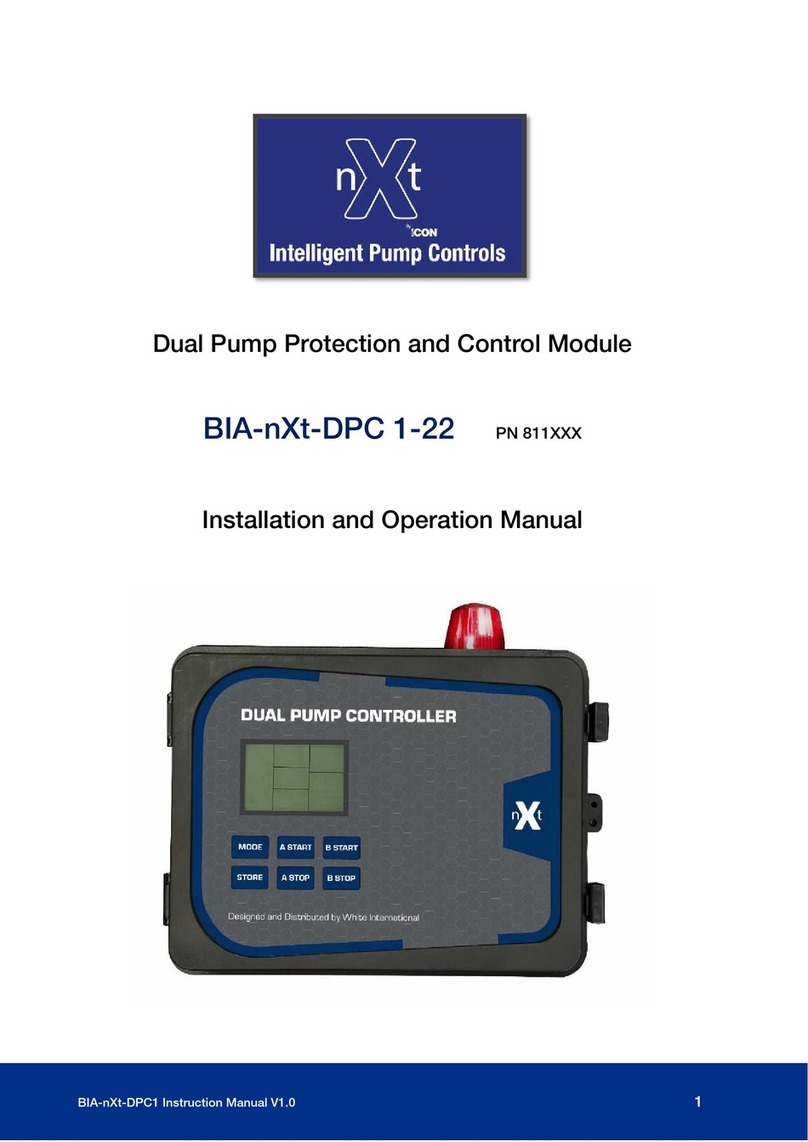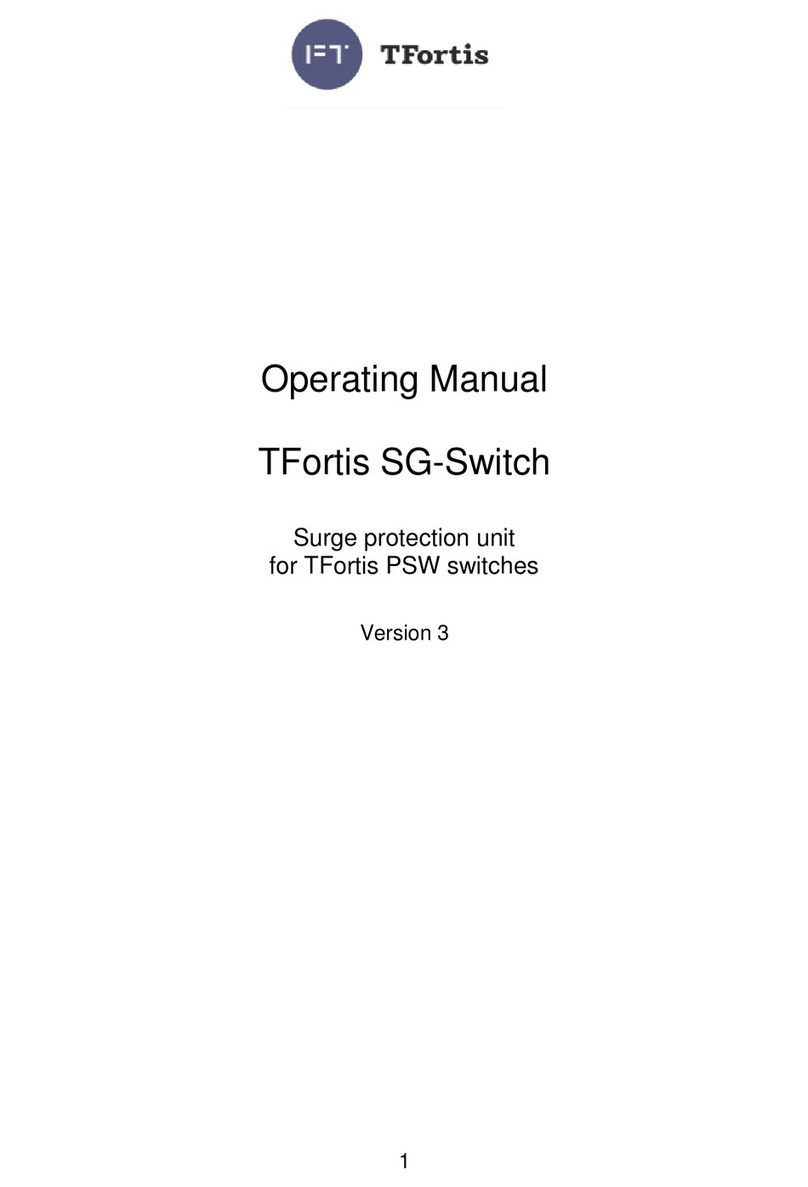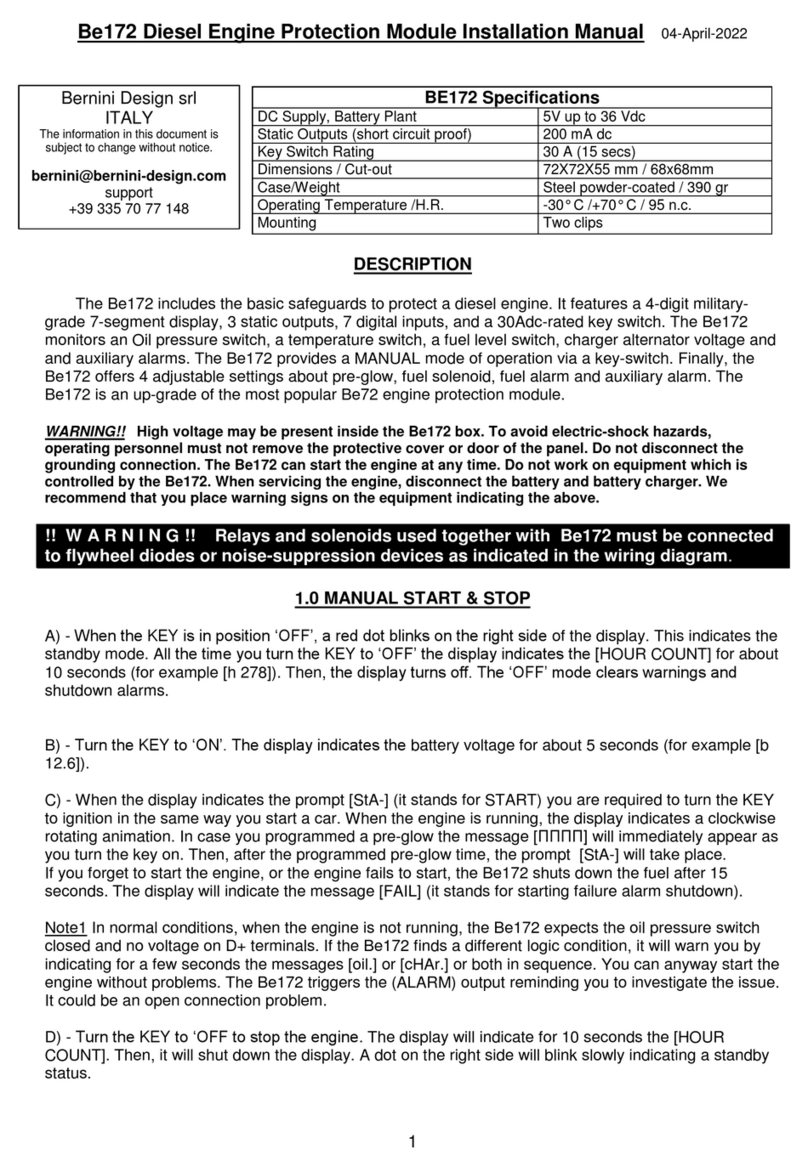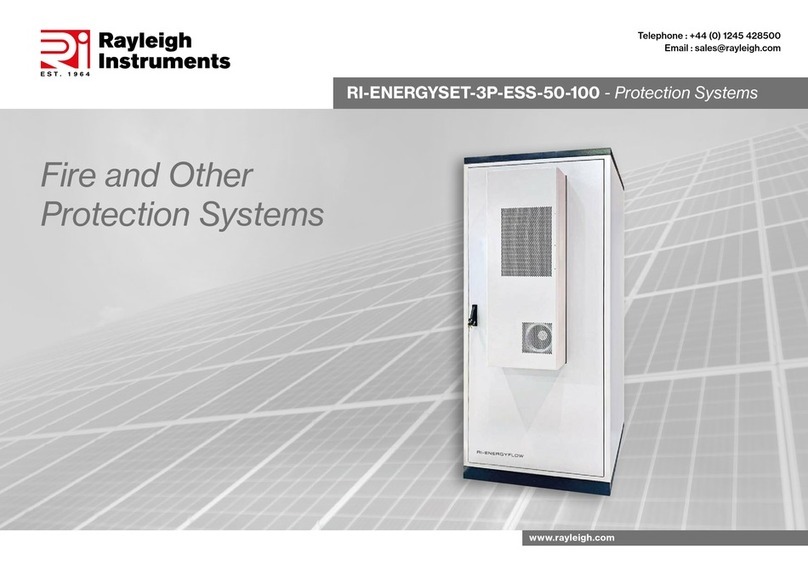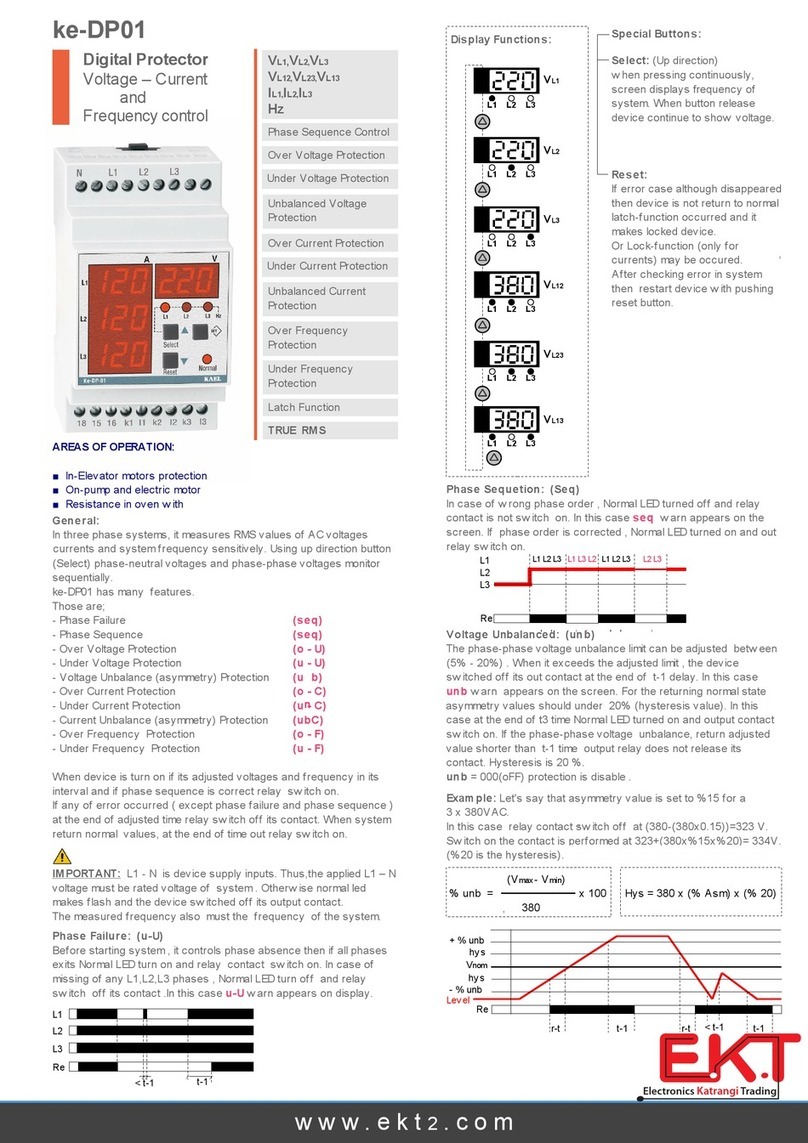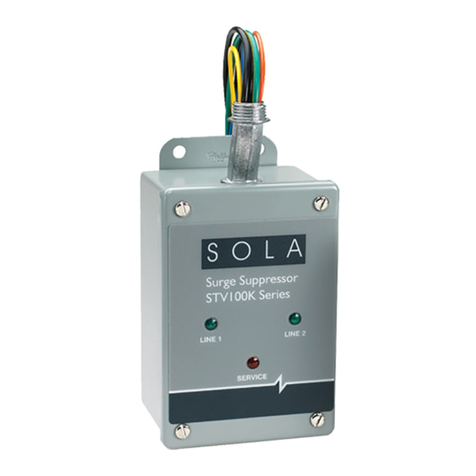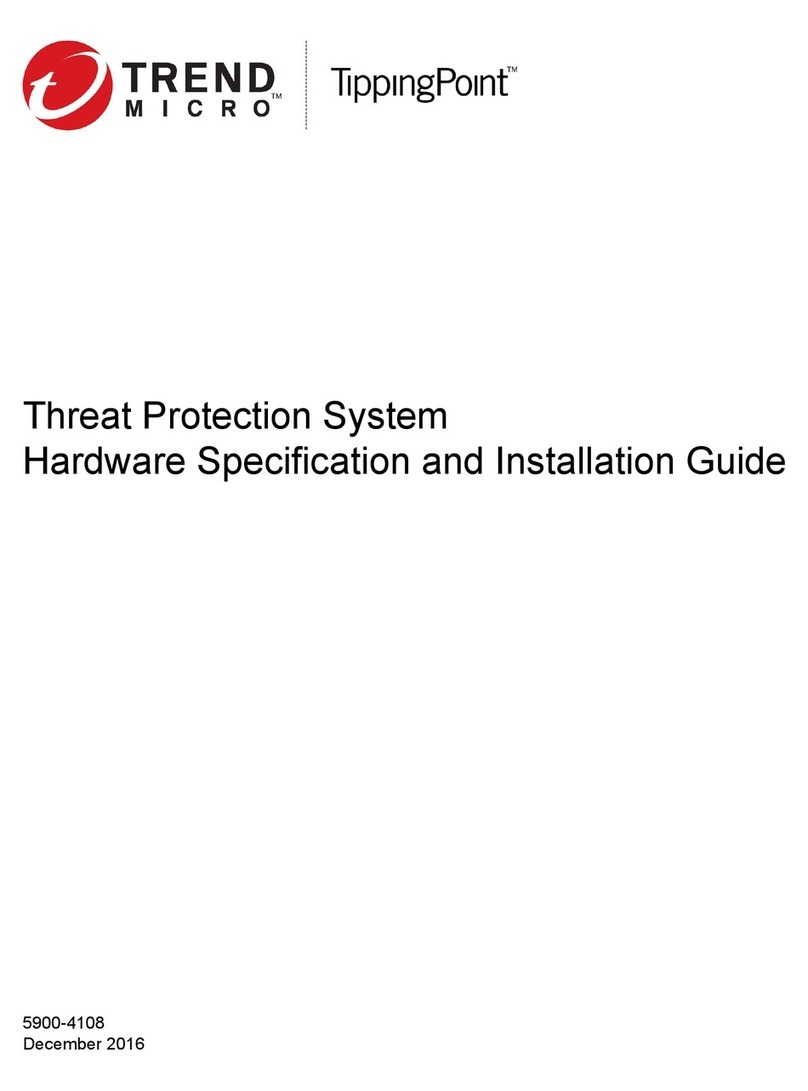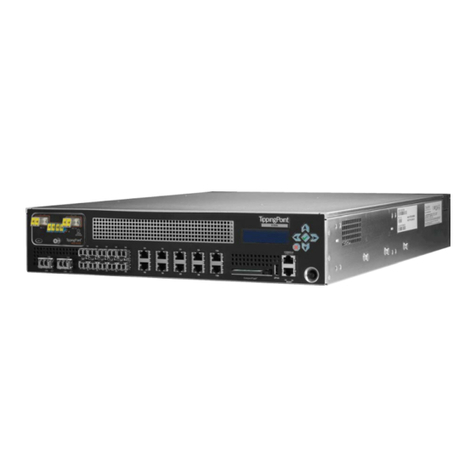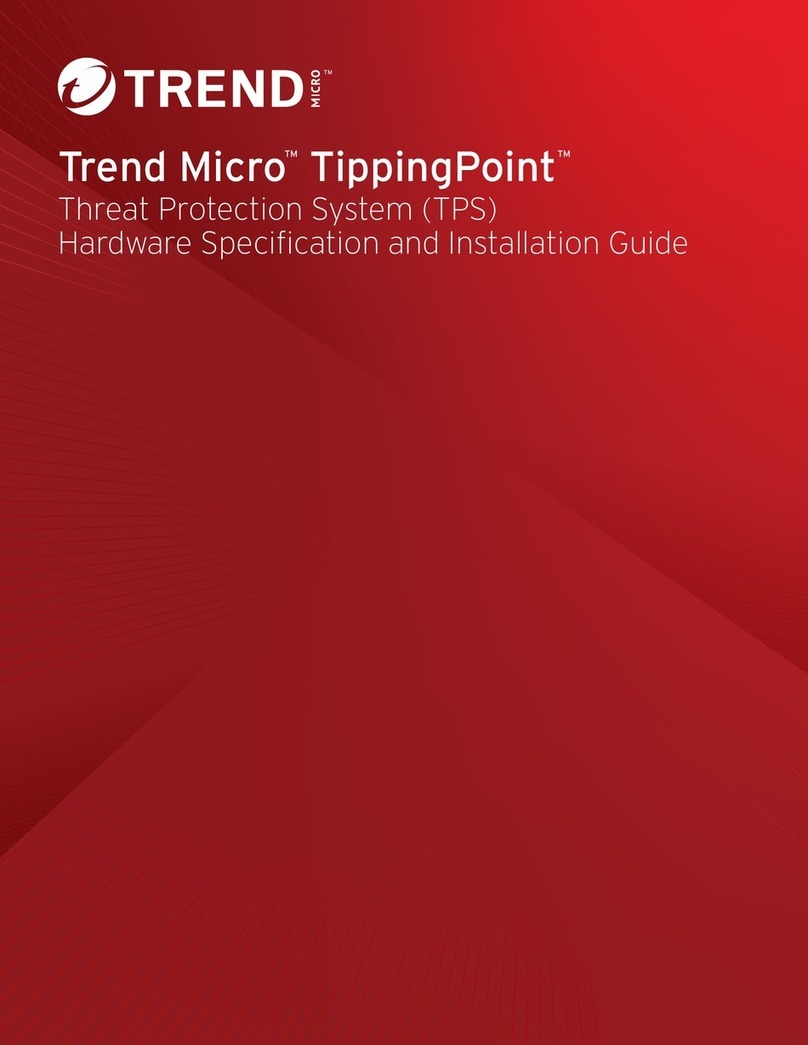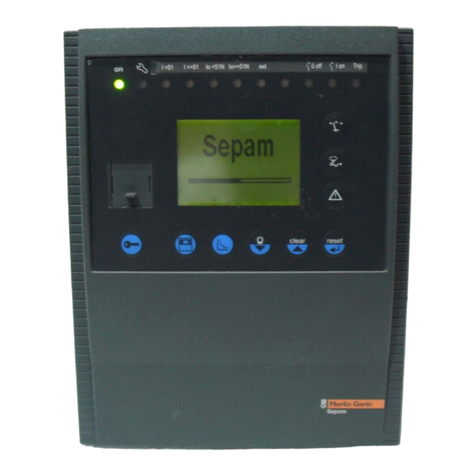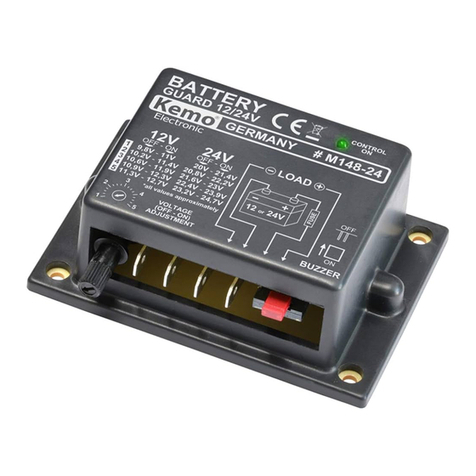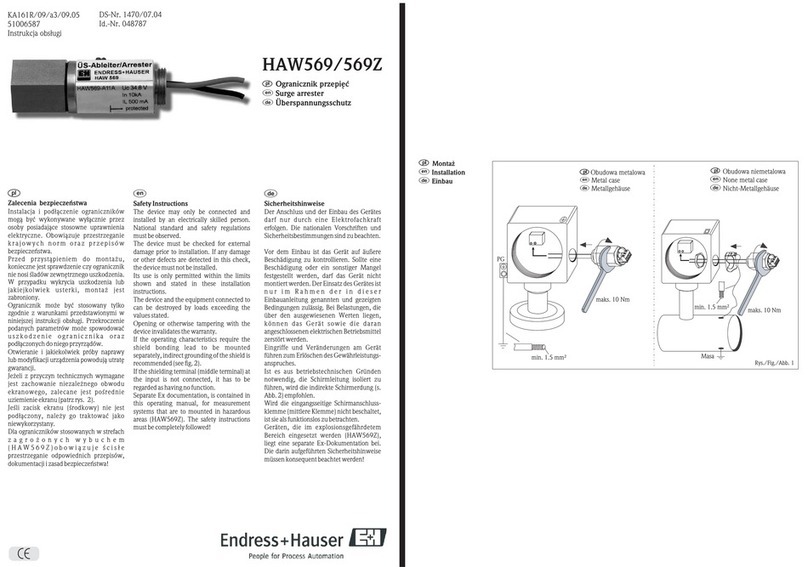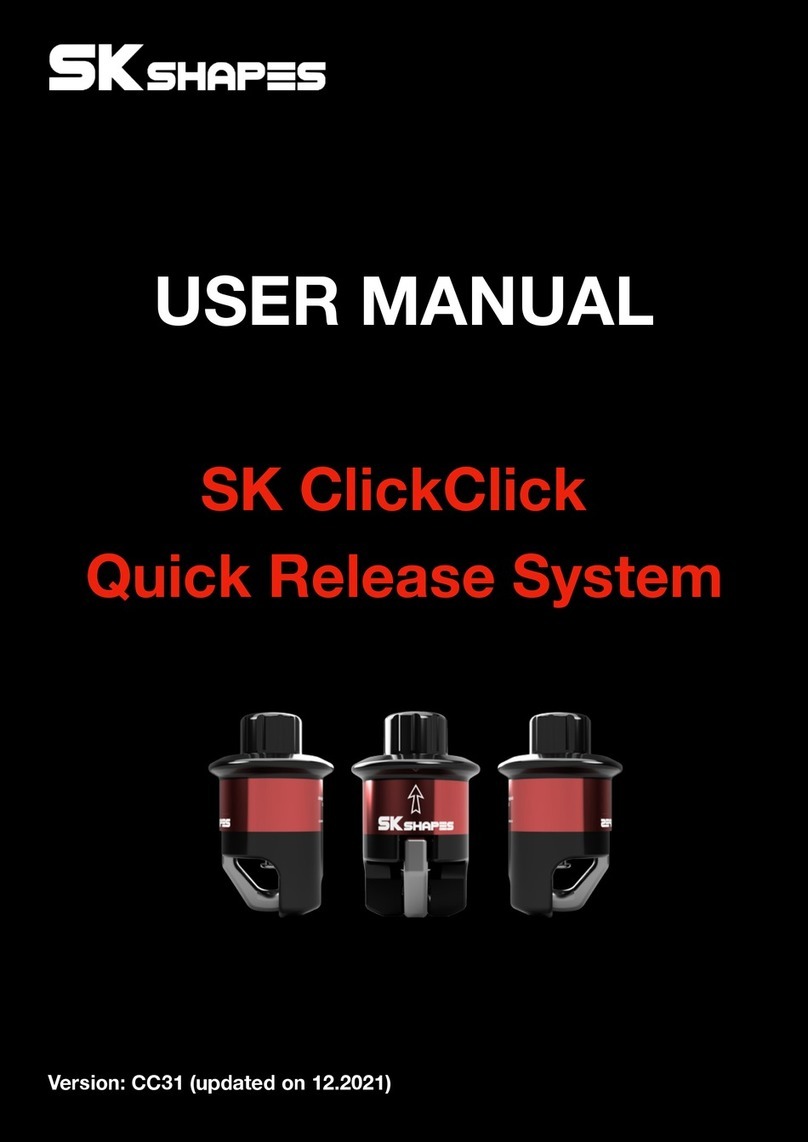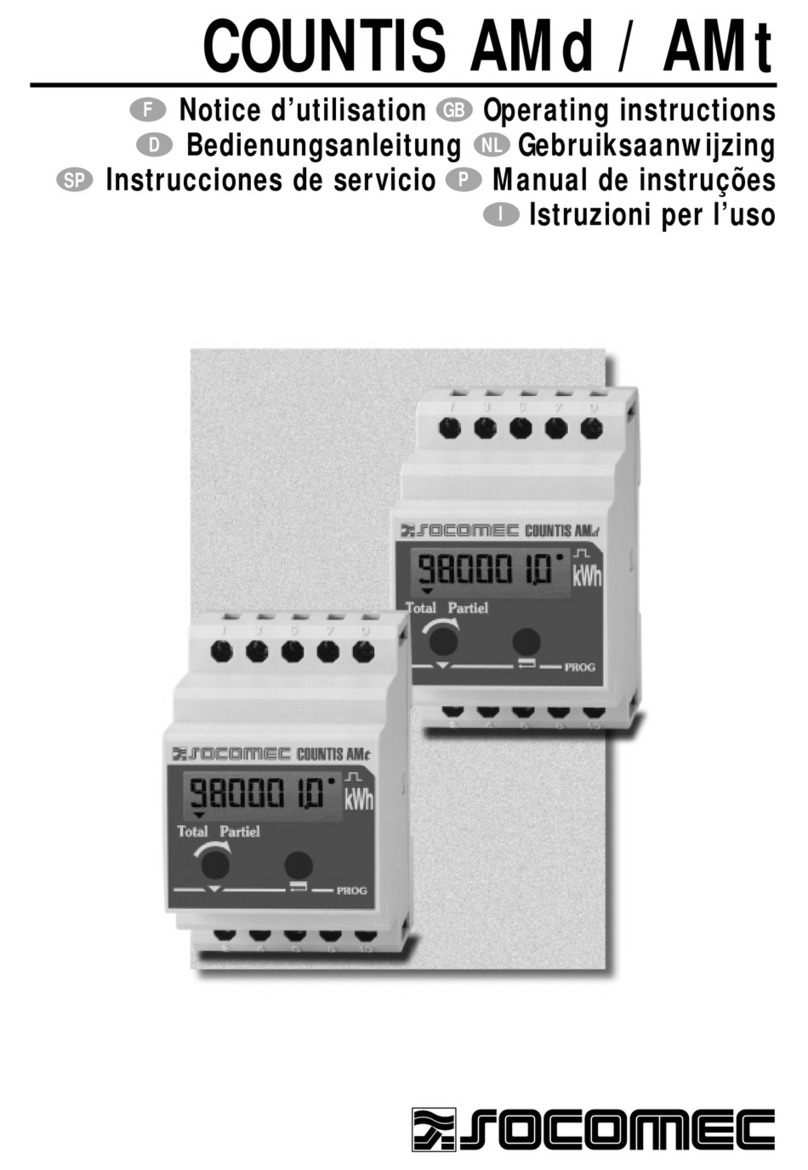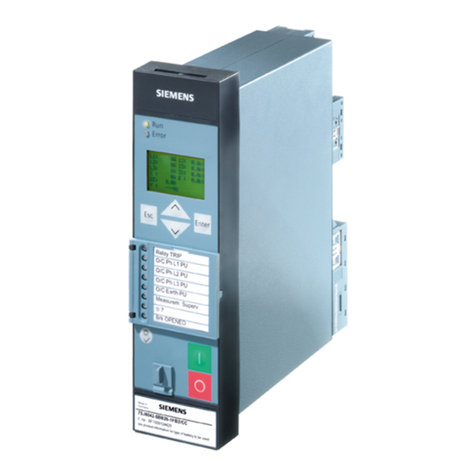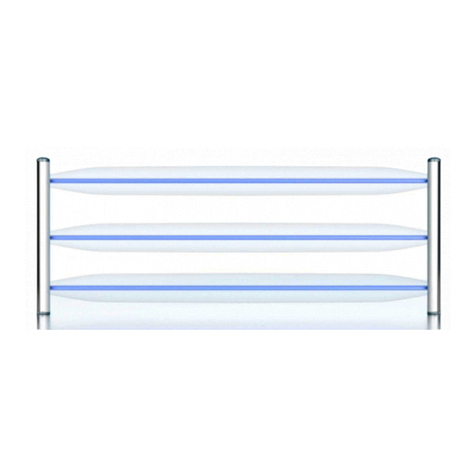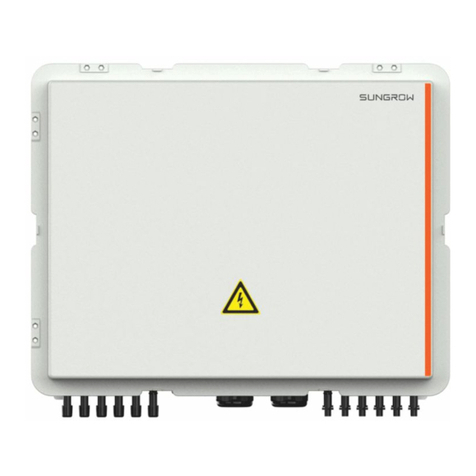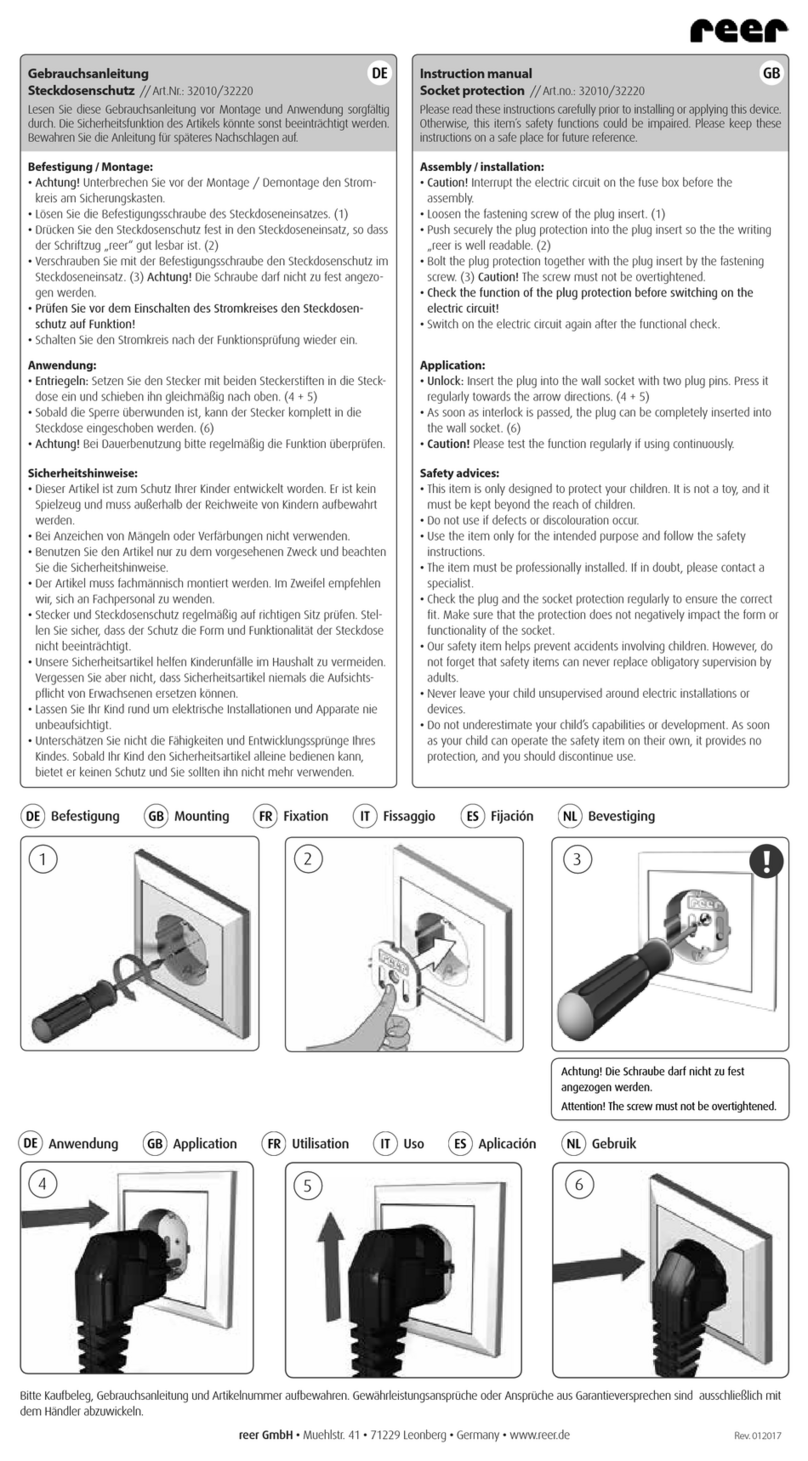
TPS Hardware Specification and Installation
8
•Module LEDs
•I/O module replacement
•Supported transceivers and cables for TippingPoint I/O modules
Before you begin
•Review the release notes for your product for any late-breaking changes to the installation instructions.
•Read and follow all safety information listed in the TippingPoint Hardware Safety and Compliance Guide that shipped with
your product.
•Complete the installation of your TippingPoint security device.
ESD requirements
Damage from Electrostatic Discharge (ESD) can occur when you handle electronic components improperly. Improper
handling can also result in complete or intermittent system failures. Use proper ESD protection whenever you handle
equipment. Following these general grounding guidelines:
•Always use an ESD wrist strap when you add or remove components from the chassis.
•Avoid touching the circuit boards or connectors on all cards and modules.
•Avoid contact between the printed circuit boards and clothing. The wrist strap only protects components from ESD
voltages on the body. ESD voltages on clothing can still cause damage.
Place a removed component board-side-up on an antistatic surface or in a static-shielding container that is also grounded to
the same point as the device. If you plan to return the component to the factory, immediately place it in a static-shielding
container.
I/O module options
TippingPoint devices with module slots support both standard I/O modules and bypass I/O modules. Refer to the following
table for fiber and copper components.
Only optical transceiver modules (including SFP, SFP+, and QSFP+) available from TippingPoint have been validated to
achieve optimal performance with TippingPoint products. Other vendor devices are not supported. Using other vendor
devices could be detrimental to proper operation of the TippingPoint system.
Bypass I/O modules are zero-power high-availability (ZPHA) modules that permit network traffic and services while
bypassing the device entirely when the device loses power.
